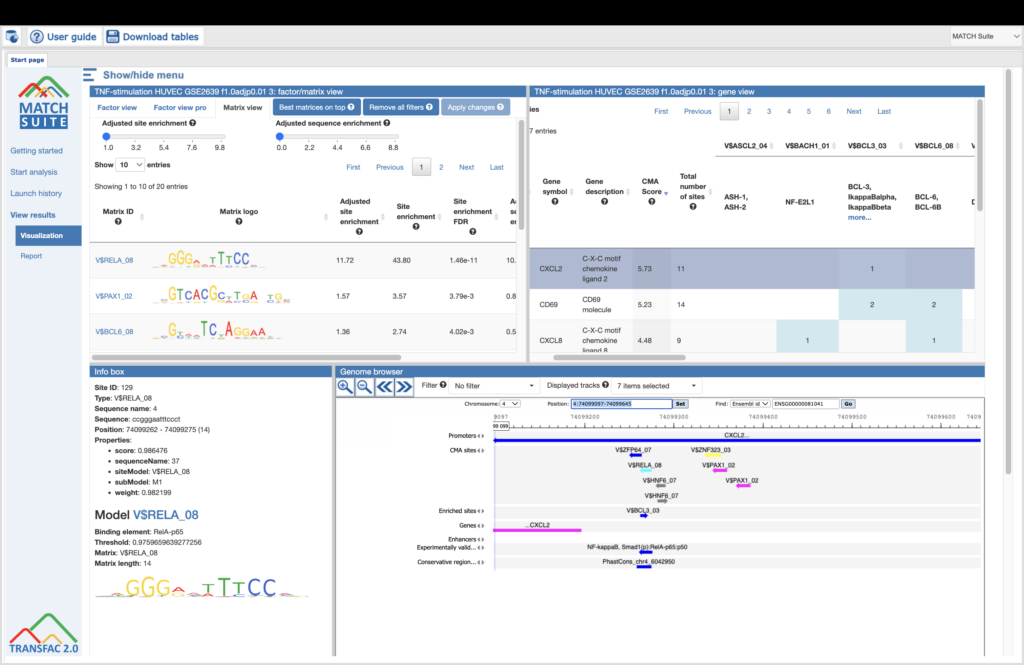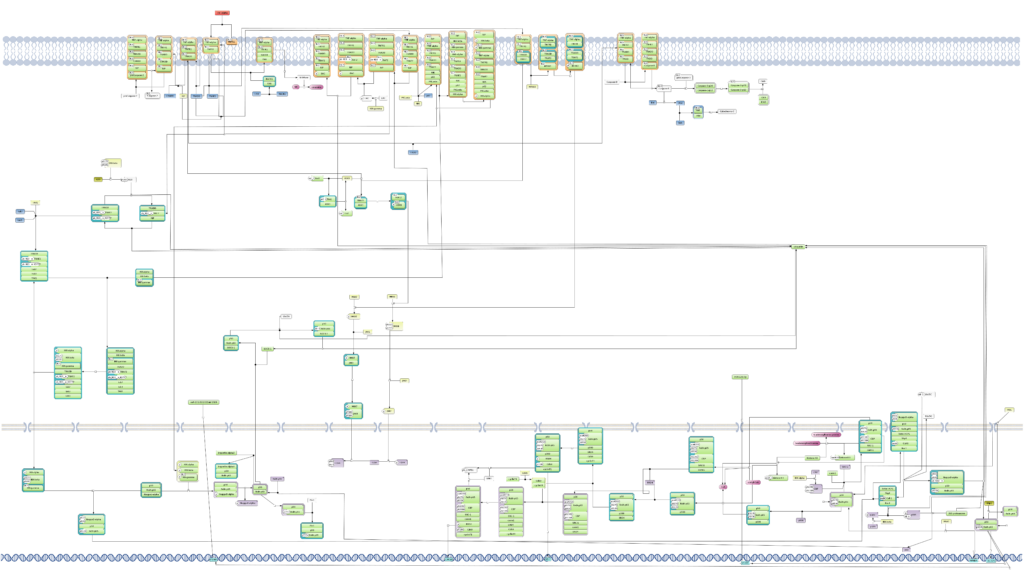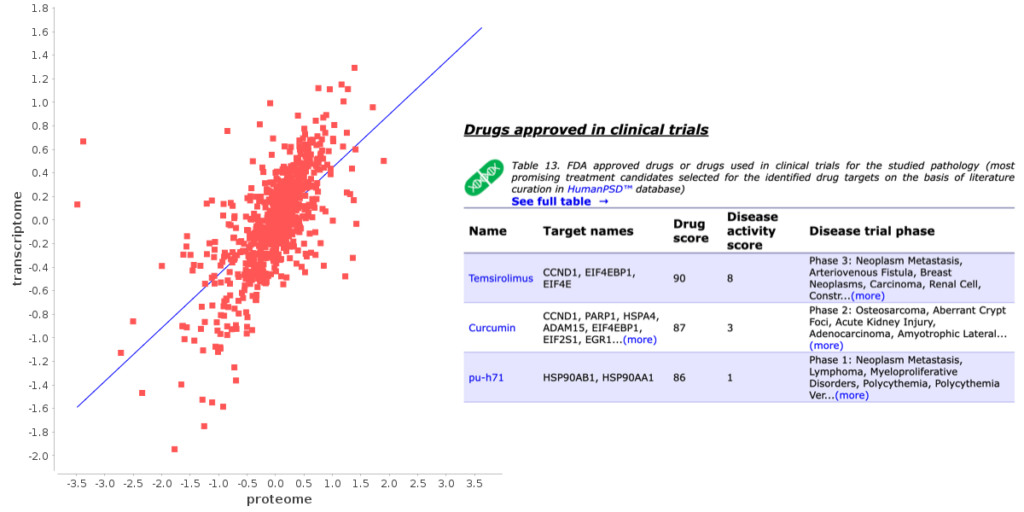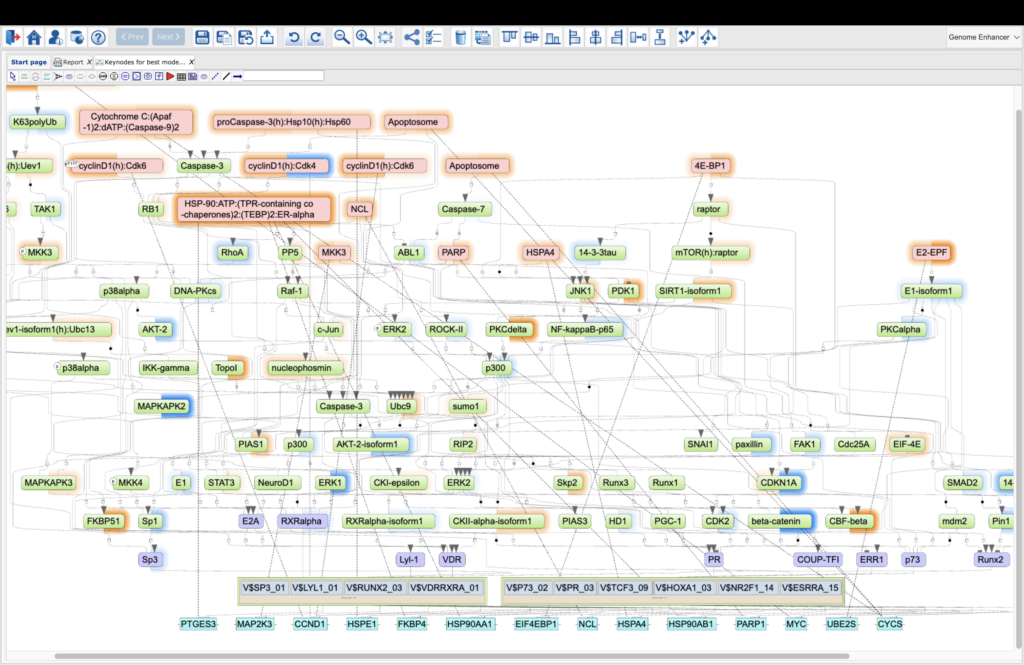Choose your TRANSFAC package
Maximize your potential with the gold standard of transcriptional regulation
TRANSFAC Online
Transfac
basic
Transfac
Pathways
TRANSFAC
Diseases
TRANSFAC Basic
A comprehensive solution for gene regulation analysis
Discover TF binding sites in promoters and enhancers of your genes.
Predict transcription factor binding sites and their combinations on a genomic scale
using the biggest collection of positional weight matrices (over 10,000) with in-built Machine Learning and Artificial Intelligence methods.
Access the biggest knowledge base on transcription factors
their experimentally characterized binding sites and ChIP experiments, as well as genes regulated by them, their promoters, enhancers and silencers.
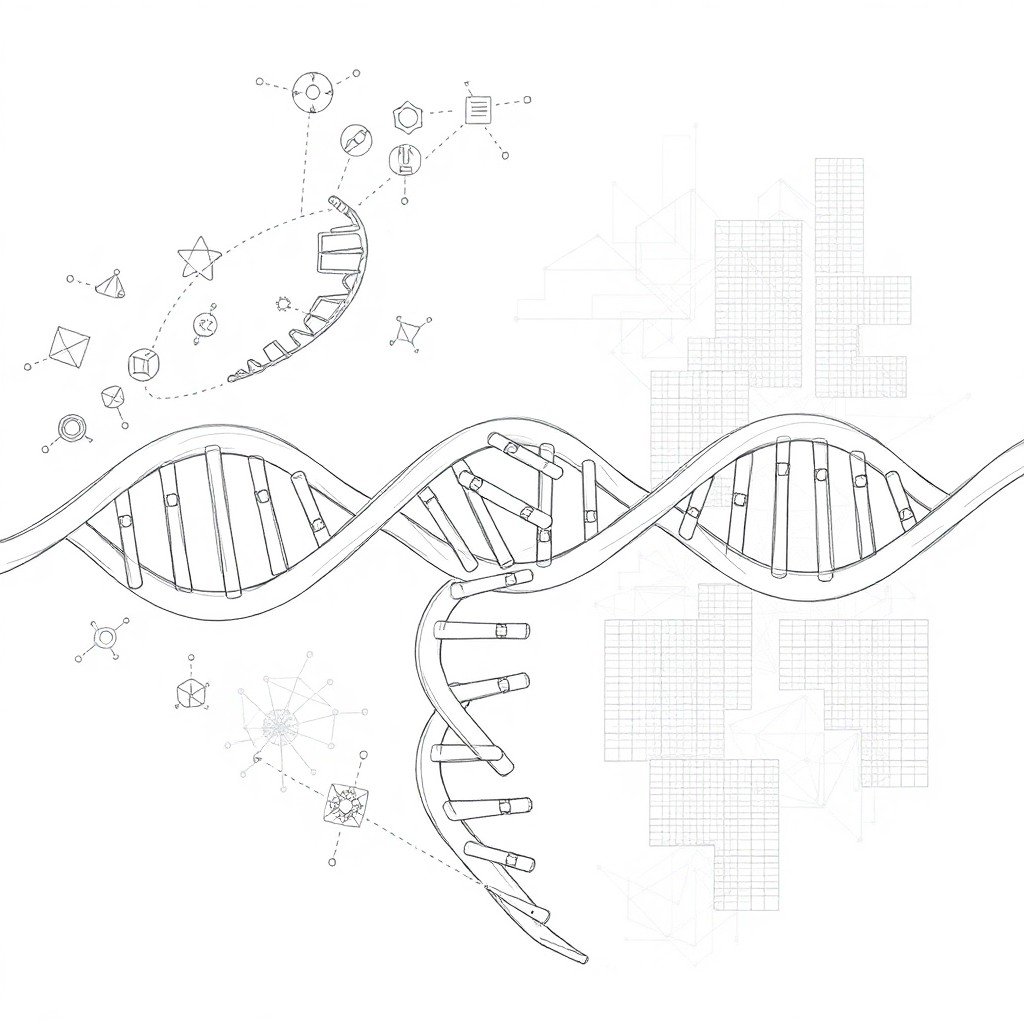
Enjoy the full range of promoter analysis tools
from customized analysis pipelines intended for core bioinformaticians to fully automatized no-coding solutions for bench biologists and biomedical researchers.
Perform your multi-omics data analysis in the geneXplain platform
integrated with TRANSFAC subscription (flexible workspace sizes are available).
What you will get
TRANSFAC Pathways
A comprehensive knowledge base on signal transduction and metabolic pathways
Reconstruct signal transduction network controlling your genes.
Predict potential pathways targeting the genes of your interest.
Build customized regulatory and metabolic networks
with more than one million reactions extracted from original scientific literature and evaluated by experts.

Apply integrated pathway visualization and modification tool
Perform Upstream analysis
integrated promoter and pathway analysis for identification of prospective drug targets and biomarkers (available within the geneXplain platform integrated with TRANSFAC pathways subscription).
What you will get
TRANSFAC Diseases
Treatments for Complex Clinical Cases with Pathology Unresponsive to Conventional Therapies
Identify drug targets and disease biomarkers.
Automatically process multi-omics raw patient data and identify prospective drug targets and treatments predicted to be effective for the studied clinical case.
Full reconstruction of disease molecular mechanisms
based on the integrated promoter and pathway analysis.
No bioinformatics skills needed
run complicated omics data processing pipelines from just several clicks in a user-friendly interface.

